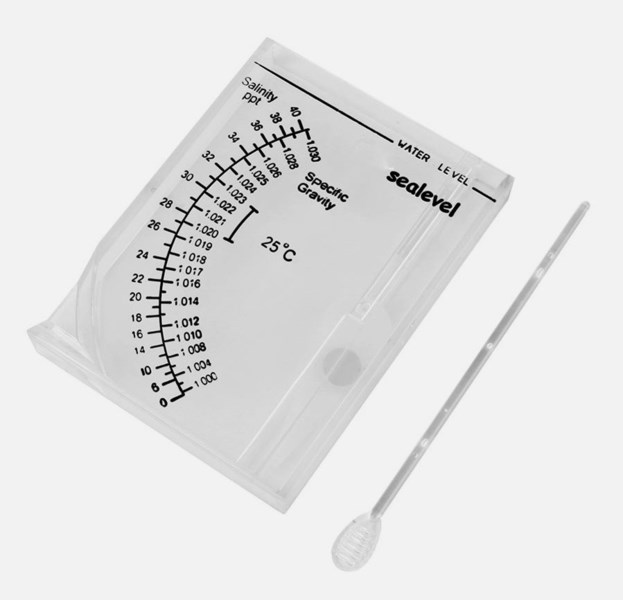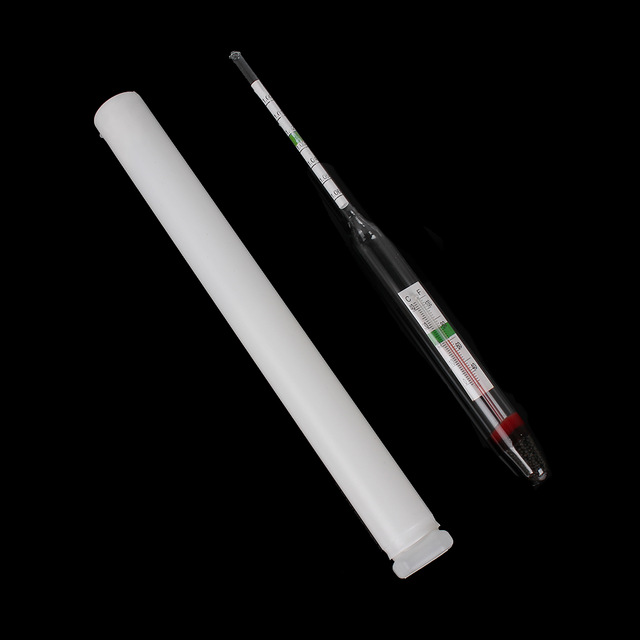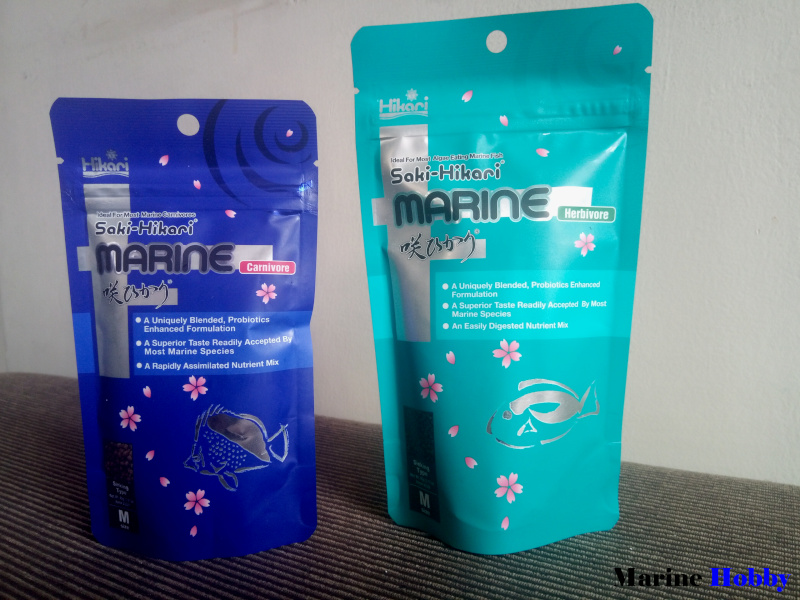
Can’t think of a saltwater aquarium without salt, the most important substance that goes inside our aquarium other than water. Checking salinity means the concentration of salt in aquarium water is measured as parts per thousand (ppt). Keeping an accurate salinity level is crucial for the health of marine life in our saltwater aquarium.
Most of the corals require a stable salinity in the range of 1.023-1.026 specific gravity. Most of the fish found in a marine tank are little tolerant compared to corals and can handle levels maintained at 1.021-1.025.
Testing salinity level should be done weekly, or at least every time we do a water change before and after changing and there are tons of tools available to do the testing;
Floating Glass Hydrometer:
The oldest is the floating glass hydrometers. They are accurate when floated in water shows the temperature and the salt content of the water. The main disadvantage to the floating glass hydrometers is that they are quite fragile and measurement can be difficult to read because of the small scale it has.
Swinging Hydrometer:

This tool known by the hobbyists as the swinging arm hydrometer. They are extremely cheap and extremely easy to use. They can also be inaccurate with its reading due to its use. Salt, calcium and air bubbles deposited on the arm causes hydrometer to provide inaccurate readings. If you are using a hydrometer, we suggest that you check the accuracy of the device.
Seawater Refractometer:
The easiest and the cleanest way of testing salinity is a refractometer. It is a simple tool to use where we add few drops of water on the blue patch and see under light and it read out, It is extremely accurate. So they are easy to calibrate with freshwater. While they are bit more expensive compared to hydrometers but are worth the buy.
Digital Refractometer:
Digital refractometer if you have a extra buck to spend these will give you a digital readings by simply putting a couple of drops of water on the meter. Just like a refractometer, these digital ones are so easy to use and calibrate.
Conductivity Monitor:
Conductivity measurements are essential for checking salinity and monitoring continues ups and downs. These will give you a digital readings by simply placing the diode in the water.
So with the proper equipment and regular water tests, it should be easy to maintain a constant level of salinity in your saltwater aquarium there is no reason to have fluctuating salinity in our aquarium. Eliminating fluctuations is one possible stress factor to help keep your fish and corals healthy.








